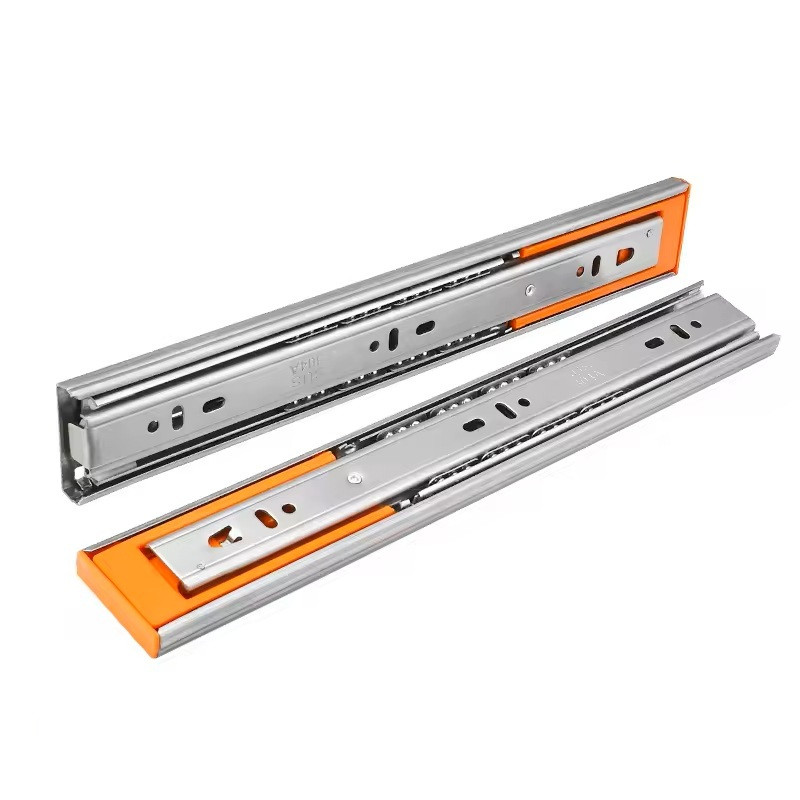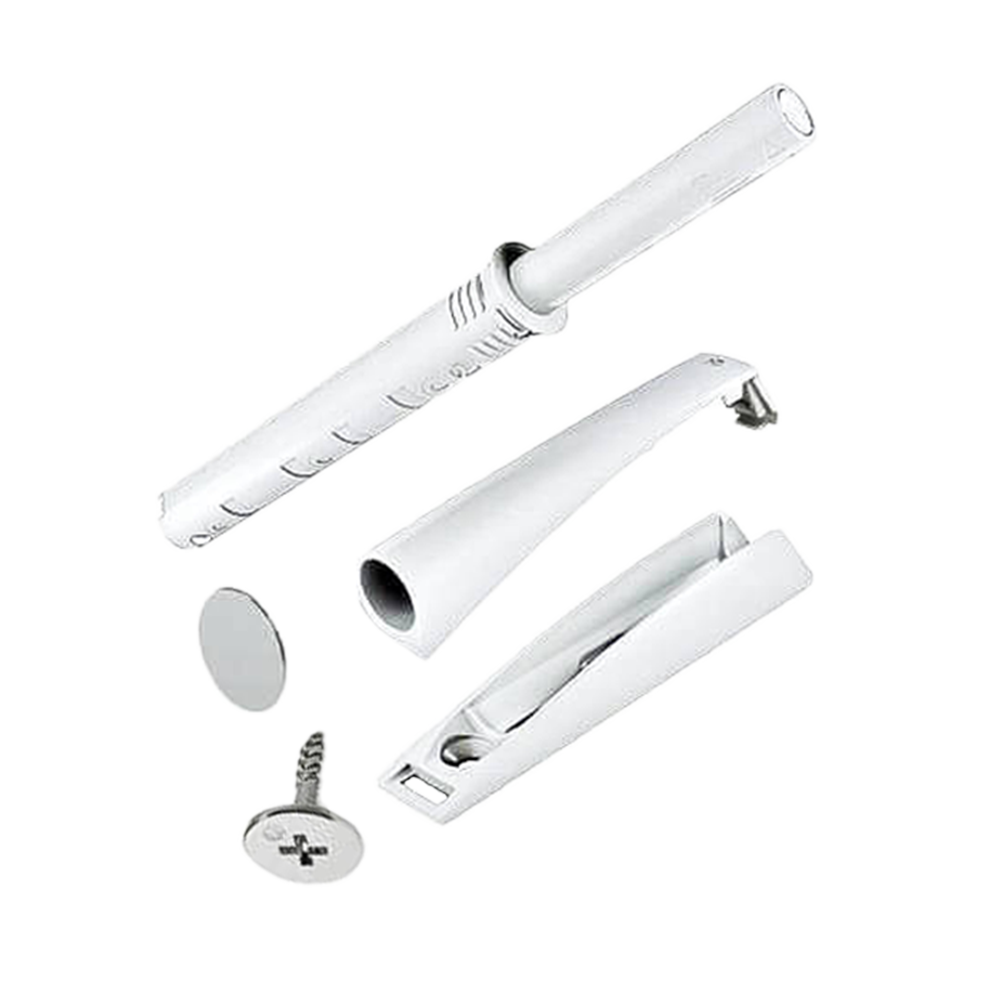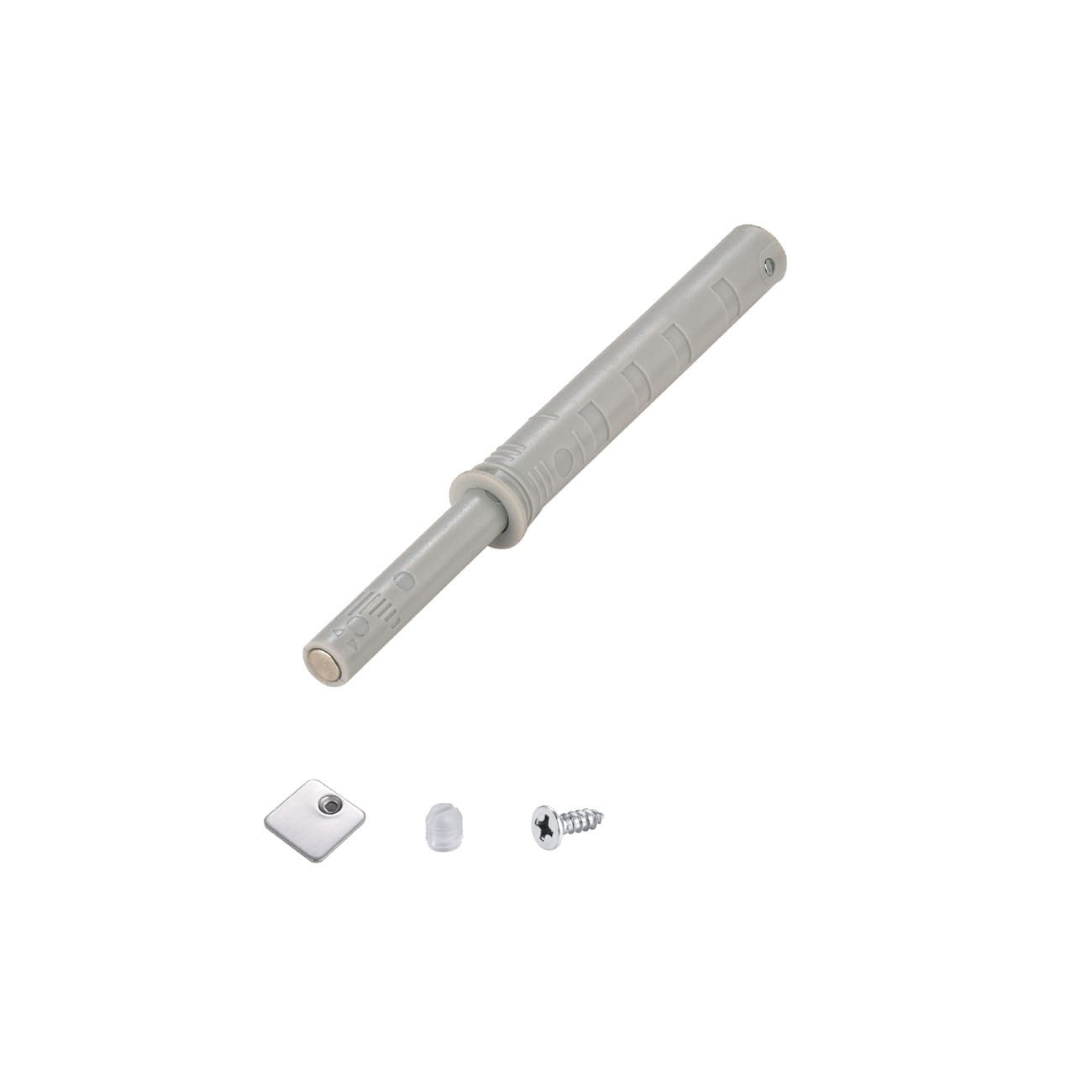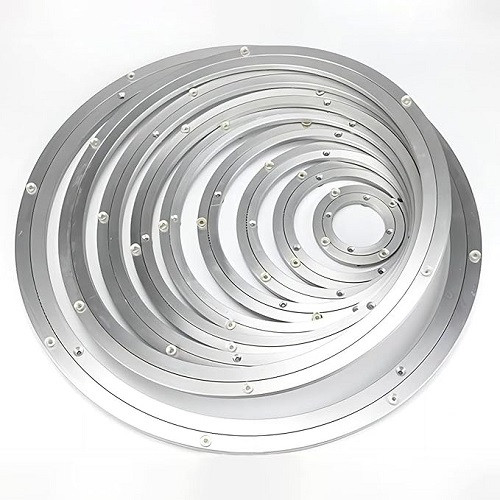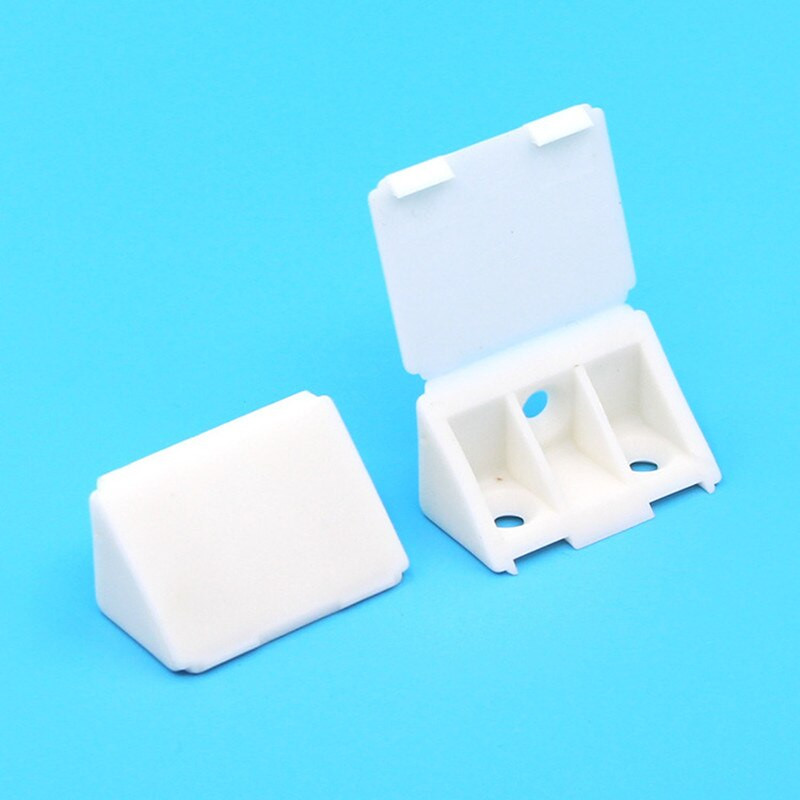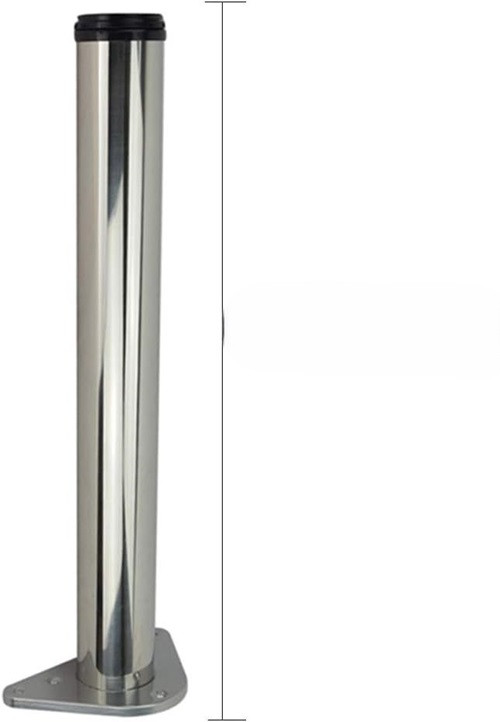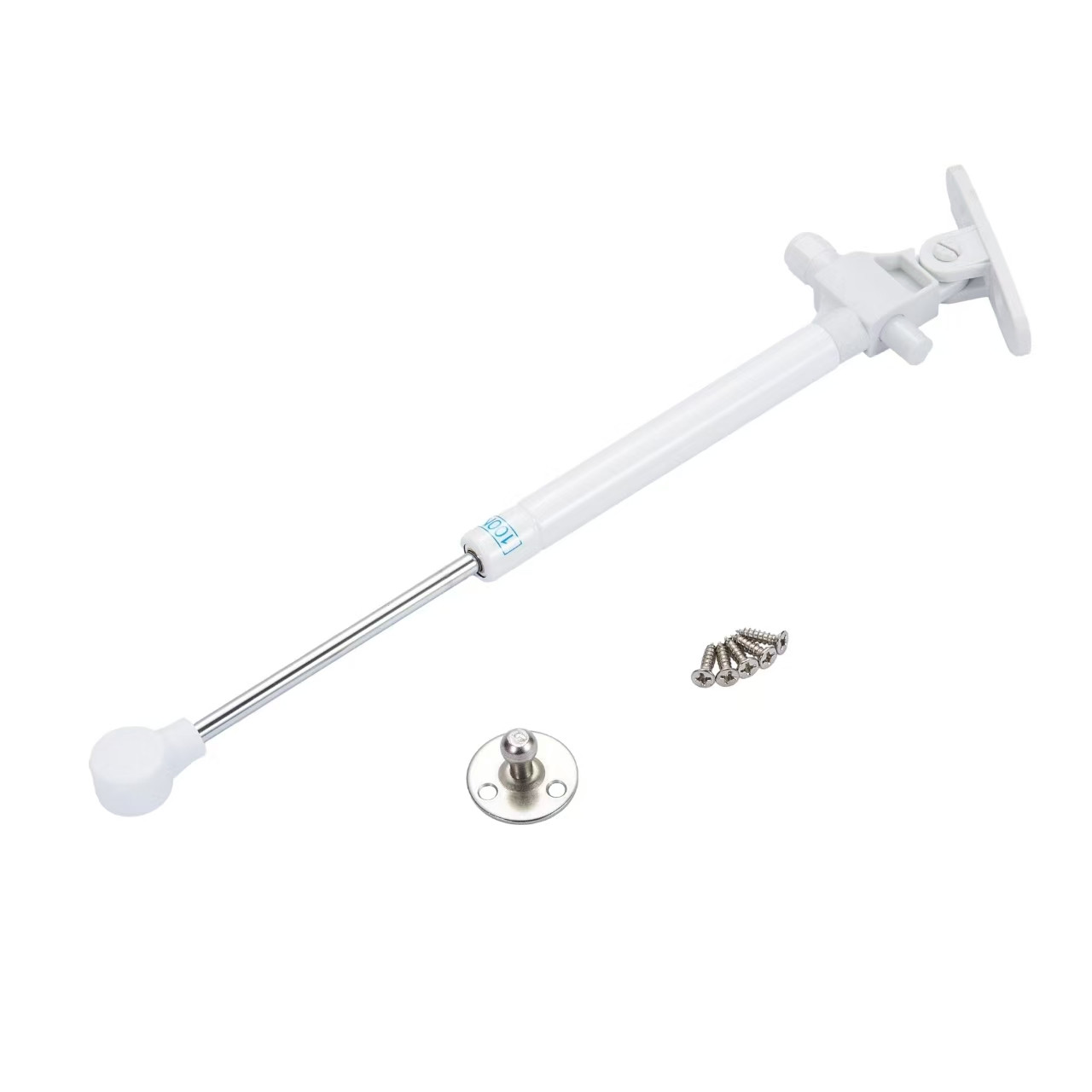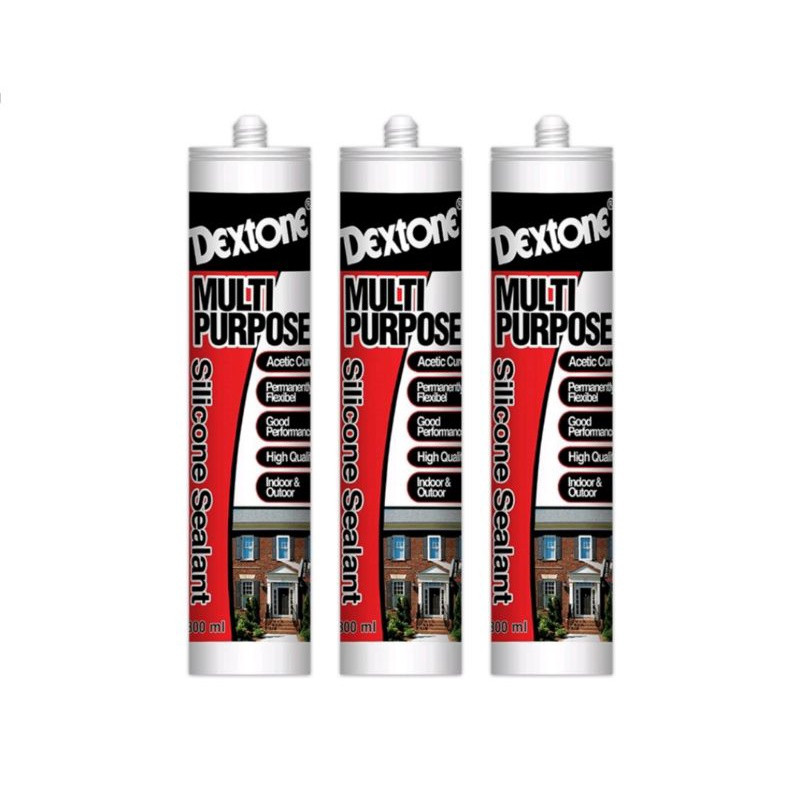

Antibacterial silicone
(0
reviews)
Estimate Shipping Time:
4 Days
Warranty
 ضمان 5 سنوات
ضمان 5 سنوات
Price
﷼7.48
/عدد
Club Point:
130
Share
Top Selling Products
-
﷼15.53
﷼17.25 - ﷼20.70 -
﷼10.35
-
﷼3.00
﷼3.16 -
﷼2.59
﷼2.88 -
﷼1.47
﷼1.73 -
﷼10.35
Reviews & Ratings
0
out of 5.0
(0
reviews)
There have been no reviews for this product yet.
Antibacterial Silicone Sealant - A Hygienic and Durable Solution for Clean and Safe Surfaces!
In environments that require the highest levels of hygiene and cleanliness, such as kitchens, bathrooms, and sanitary facilities, antibacterial silicone sealant is an essential solution for filling joints and cracks. This type of silicone features a special formula containing bactericidal agents that inhibit the growth of bacteria, fungi, and mold, ensuring a safer and healthier environment in the long run.
What makes antibacterial silicone different?
Resistance to the growth of bacteria, fungi, and mold:
This is the main advantage. It contains antimicrobial chemicals added during the manufacturing process. These substances prevent the growth of bacteria, fungi, and mold on the surface of the silicone or within its composition.
It significantly reduces the risk of black or green stains that commonly appear on regular silicone in humid environments.
It helps keep joints looking clean and attractive for longer.
Key Silicone Properties:
High Flexibility: Provides excellent flexibility, enabling it to expand and contract with surface movement without cracking or separating, making it ideal for joints between different materials.
Water and Moisture Resistance: Forms a water-tight barrier, preventing liquids from seeping into surfaces and protecting against moisture damage.
Excellent Adhesion: Effectively bonds to a wide range of surfaces, such as tiles, ceramics, glass, metals, plastics, and treated wood.
Heat and Weather Resistance: Retains its properties at various temperatures and is unaffected by weather conditions.
Common Applications:
Kitchens: Around sinks, between the kitchen sink and marble, around worktops, and in joints between tiles.
Bathrooms: Around sinks, bathtubs, shower cubicles, and toilets.
Healthcare Facilities: In hospitals, clinics, laboratories, and restaurants, where maximum hygiene is vital.
Anywhere with high humidity: To reduce the risk of microbial growth.
Considerations when using antibacterial silicone:
Surface preparation: The surface must be clean, dry, and free of any oils, dust, or residue from old silicone to ensure optimal adhesion.
Proper application: Use a silicone gun to ensure even and consistent application. Smooth the silicone with a special tool or a wet finger (after wearing gloves).
Drying time: Adhere to the recommended time for complete drying before exposing the surface to water.
Shelf life: Check the silicone's expiration date before use.
Ventilation: It is preferable to work in a well-ventilated area and wear gloves to protect your hands.
Color: It is commonly available in popular colors such as clear, white, and black to coordinate with various surfaces.
To ensure a clean and healthy environment in moisture-prone areas of your home or facility, antibacterial silicone is a wise investment that provides long-lasting protection against microbes and maintains the aesthetics and cleanliness of joints.
Frequently Bought Products
Silver Movable Circular Base
﷼34.50
Soft close drawer runner
﷼10.35
Hydraulic Handpiece | Full Ride | 165°
﷼8.31
﷼9.78
Large external echo
﷼3.11
﷼3.45
Tender stair runner 50cm
﷼58.65
﷼69.00
Kitchen marble fixing column
﷼34.50
ذراع قلاب من تحكم بضغط للمطابخ
﷼6.21
﷼6.90
lower stair runner
﷼27.60
2-leaf flap arm
﷼189.75
Product Queries (0)
Login Or Registerto submit your questions to seller
Other Questions
No none asked to seller yet
Top Selling Products
-
﷼15.53
﷼17.25 - ﷼20.70 -
﷼10.35
-
﷼3.00
﷼3.16 -
﷼2.59
﷼2.88 -
﷼1.47
﷼1.73 -
﷼10.35



